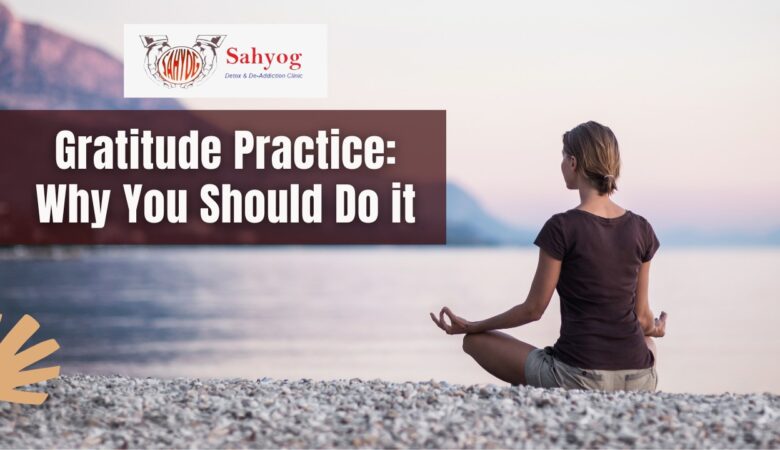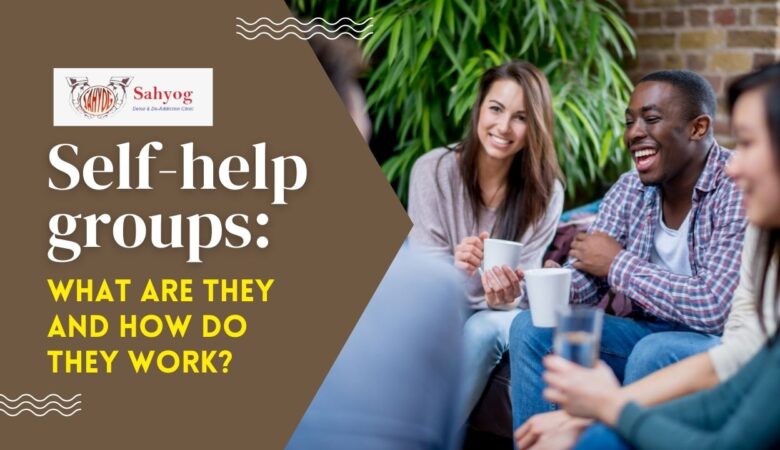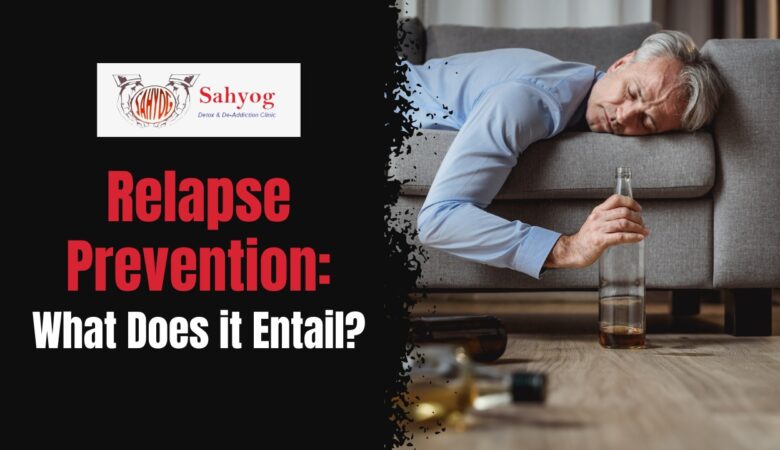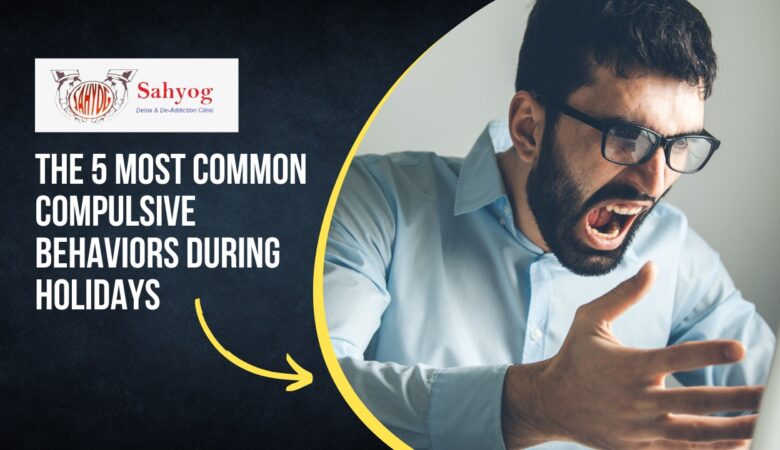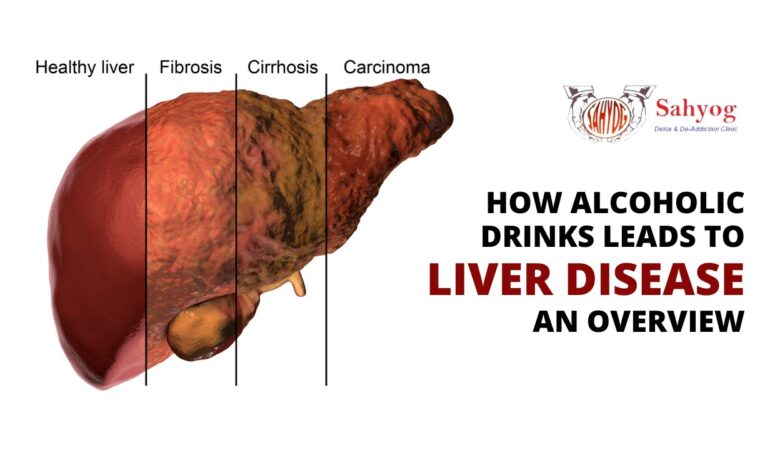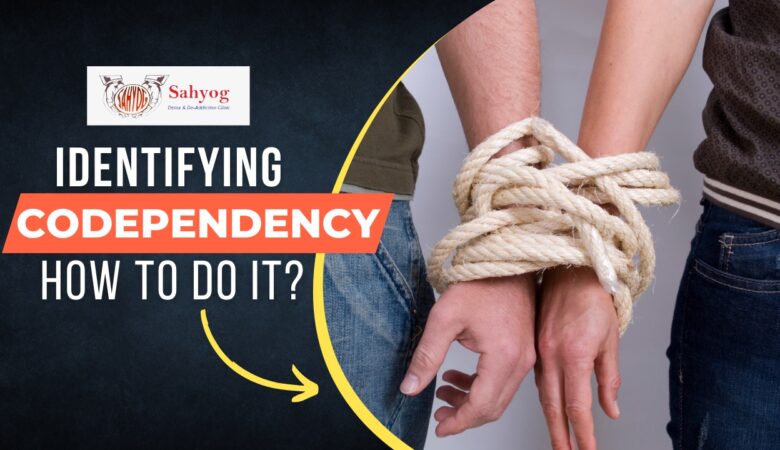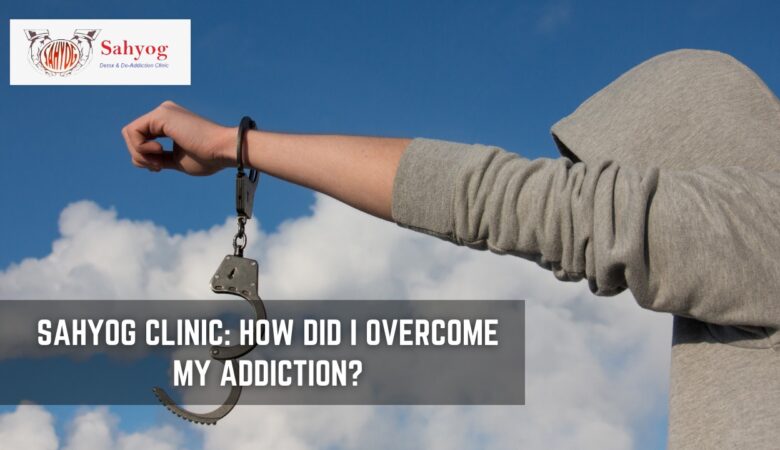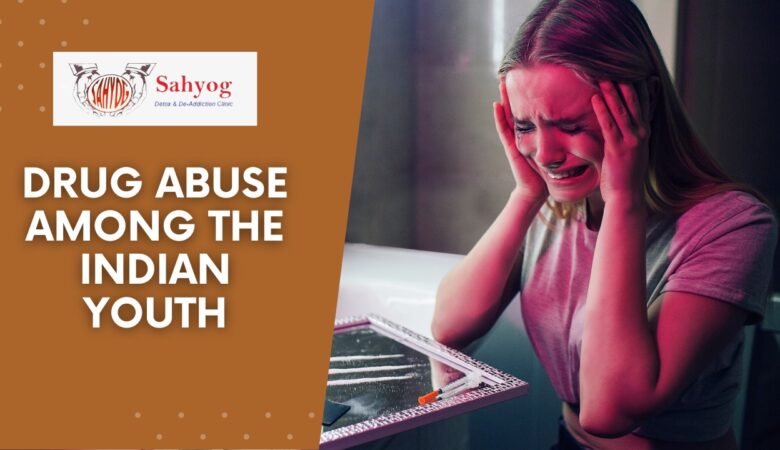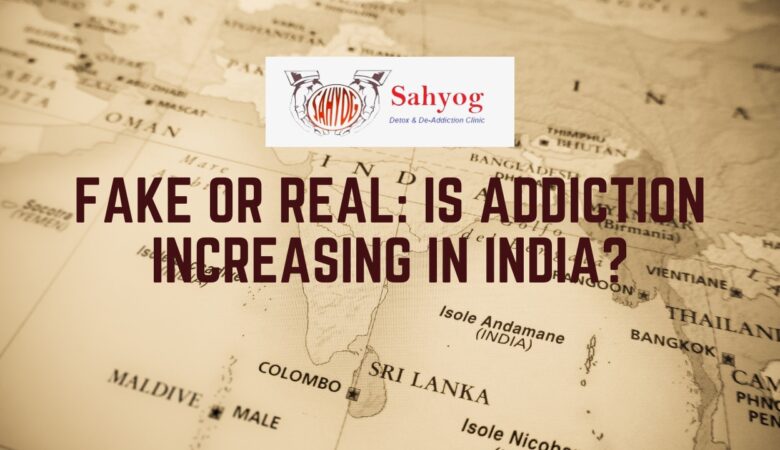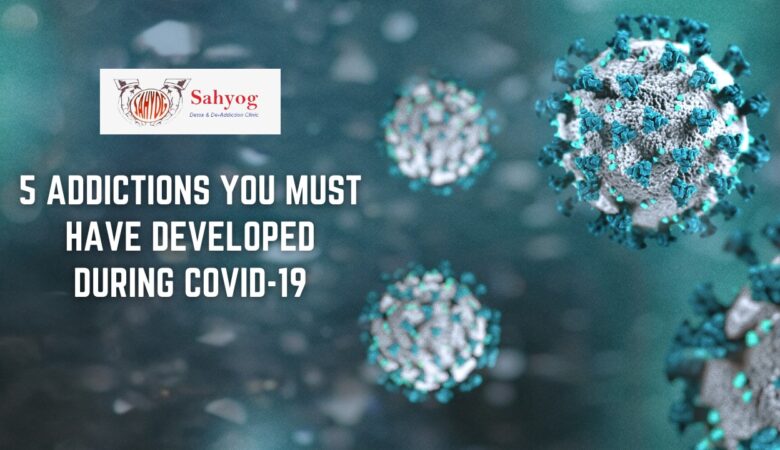Gratitude Practice: Why You Should Do it
Gratitude is one of the most powerful tools you have in your toolkit, and it can be immensely helpful when dealing with difficult situations. In this post, we’ll outline why gratitude practice is so important, and provide a few tips on how you can start practicing it today. What is Gratitude Practice? Gratitude practice is a way to change your focus and mindset from what you don’t have to what you do have. Gratitude can help you take stock of your blessings, which in turn can help you live a happier life. The Benefits of Gratitude Practice Gratitude is a powerful emotion that can have a positive impact on your life. By practicing gratitude on a regular basis, you can cultivate a more positive outlook on life, both now and in the future. Here are eight reasons why you should start practicing gratitude: 1. It Can Boost Your Mood. Gratitude can lead to an overall feeling of happiness and well-being. According to a study published in The Journal of Positive Psychology, people who practiced gratitude for just fifteen minutes per day experienced significant increases in positive emotions such as joy, contentment, pride, and love. In fact, one study found that gratitude has the potential to reduce stress levels by up to 68%. Gratitude makes you happy because it increases feelings of satisfaction and well-being. A study published in the Journal of Positive Psychology found that people who practiced gratitude had greater happiness levels, better physical health, and stronger relationships than those who did not. 2. Gratitude practice Can Help You Live A More Productive Life. When you’re grateful for the good things in your life, it can increase your productivity level. A study published in The Journal of Positive Psychology found that people who practiced gratitude were more likely to be motivated and achieve their goals than those who did not practice gratitude. This is because being grateful makes you feel better and better able. 3. It Can Help You Strengthen Your Relationships. When you’re grateful for the relationships in your life, it can lead to a stronger bond. A study published in The Journal of Positive Psychology found that people who practiced gratitude were more likely to have strong relationships and feel close to others. This is because being grateful makes you value and appreciate the relationships that you do have. Practicing gratitude helps build strong relationships because it creates a sense of connectedness. When you think about what someone has done for you, it demonstrates appreciation and reduces the chances of feeling resentment or hostility. 4. Gratitude practice Can Help You Manage Stress Better. Gratitude can help you manage stress better by reducing the negative emotions that can accompany stress. According to a study published in The Journal of Positive Psychology, people who practiced gratitude experienced reductions in feelings of anger, envy, and bitterness. This is because gratitude makes you feel happy and contented, which in turn reduces your levels of stress hormones like cortisol. 5. It Reduces Negative Emotions. When you’re grateful for what you have, it can reduce anger, resentment, and envy. According to a study published in the journal Social Psychological and Personality Science, people who practice gratitude experience less stress, anxiety, and depression. 6. It Opens You Up to Possibilities. Gratitude unlocks potential opportunities by prompting you to see the good in everything—even difficult situations. When you’re grateful for what you have, you tend to see the good in people and things. This can lead to a more positive outlook on life and greater opportunities for success. 7. It Increases Your Self-Esteem. When you’re grateful for the good things in your life, it increases your self-esteem. A study published in The Journal of Positive Psychology found that people who practiced gratitude had higher levels of self-esteem than those who did not practice gratitude. 8. It Can Enhance Your Relationship with Yourself. When you’re grateful for the good things in your life, it can enhance your relationship with yourself. According to a study published in The Journal of Positive Psychology, people who practiced gratitude reported feeling happier and more satisfied with their lives than those who did not practice gratitude. This is because practicing gratitude helps you develop a more positive relationship with yourself, which in turn leads to increased happiness and well-being. How to Start a Gratitude Practice Gratitude is a powerful tool for happiness. It has been linked to positive mental health outcomes, such as reduced stress and anxiety, and increased life satisfaction. But gratitude has also been linked to physical health benefits, such as reducing the risk of heart disease, stroke, and diabetes. Gratitude can also boost your immune system and decrease your risk for chronic diseases. So, why should you start a gratitude practice? Here are five reasons: 1. Gratitude feels good. When you start to practice gratitude, you’ll likely feel happier and more content. Gratitude makes you feel grateful, not just presently, but also over time. This increases your overall happiness and well-being. 2. Gratitude improves your cognitive function. A study published in The Journal of Positive Psychology found that gratitude improved participants’ cognitive function (such as memory and problem-solving) by increasing their activation of brain regions associated with optimism and happiness. 3. Gratitude decreases stress hormone levels. A study published in The Journal of Positive Psychology found that people who practiced gratitude experienced lower levels of the stress hormone cortisol after experiencing a challenging task than those who did not practice gratitude. How to Follow Up on Your Gratitude Practice There’s a reason gratitude is one of the most commonly practiced principles in life. It can help improve your mood, relationships, and overall well-being. To follow up on your gratitude practice, try these tips: Write down five things you’re grateful for every day. This can be easy or hard – it just depends on how much time you have each day to think about it. Make a list of five people you’re grateful for. Sometimes it’s helpful to
